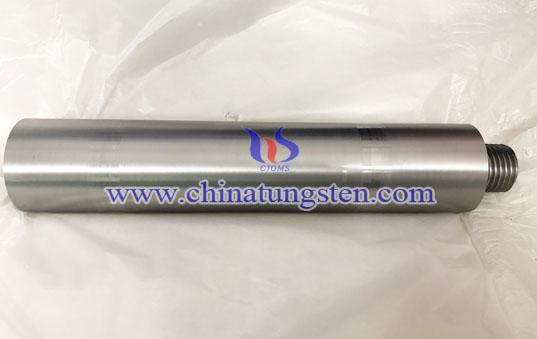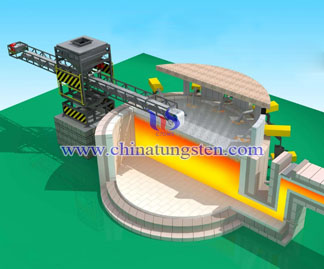Molybdenum Electrode Applied in Glass All-electric Melt Furnace

Introduction
The material of electrode is of importance for the improvement of glass melting technology. Despite the shapes of electrode (usually rod and plate), the types of glass and compositions of glass melt are various, general requirements can still be formulated for the electrode material applied in glass all-electric melt furnace as following:
1. The current density carried on the electrode has a great loss to the electrode and its material requires having good electrical conductivity to reduce power consumption.
2. The electrode material will not be oxidized at 400℃ or below in the air environment.
3. The material has good mechanical strength when the operating temperature is up to 1700℃.
4. Regardless of oxygen partial pressure and current load, the material can withstand the temperature up to 1700°C.
5. The products of corrosion of electrode material is not permitted to cause any defects to the finished glasses, such as areas of discoloration, particle inclusions and streaks.
6. Bubbles, which occur as glass defects in finished products, are not permitted to be produced in reactions between the electrode material and glass melt
7. The glass melt contains a lot of highly corrosive ingredients. As a result, the electrode material is required to be corrosion resistant.
8. The material with less impurities does not work with refractory materials, ensuring long service life.
9. Low expansion coefficient, low contact resistivity with glass.
Metal molybdenum is most frequently used electrode material. Electrodes made of molybdenum with a purity of ≥99.95% are widely applicable in the glass melting industry. In addition to lead glass, it can be used to melt most glasses, such as refractory glass, glass with high viscosity, and glass with high volatile components. The use of molybdenum electrode has played a great role in the utilization of second energy in the glass industry.

